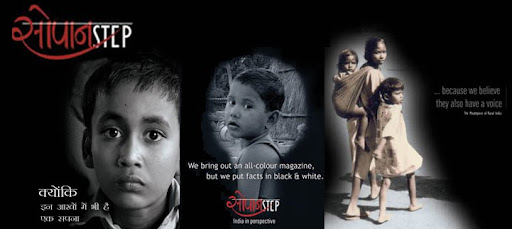
Sopan Correspondent / New Delhi
In what could be termed as the “Nobel Prize” for the NGOs and the civil society groups, the Sitaram Jindal Foundation has instituted the Jindal Prize for five streams which will be given annually from this year.
The first of its kind in the country, prize for each category will carry a cash award of Rs one crore, a memento and a citation. Moreover, if in the interest of promoting the cause further the circumstances so warrant the Foundation could review and increase the size or the number of Prizes, the Foundation announced last month in New Delhi.
The five streams chosen by the Foundation include Rural Development and Poverty Alleviation, Health including drugless healing, education with emphasis on moral upliftment, science, technology & environment and peace, social harmony and development. The streams have been chosen due to their impact in bringing about positive change in the society.
Emphasising the need for concerted efforts for human welfare, the Sitaram Jindal Foundation had been rendering service for improving the quality of life of the deprived and lower strata of the society for over 40 years now and as many as 110 villages had been adopted by the Foundation for integrated development in Karnataka state and a number of hospitals, colleges, schools and vocational institutions had been set up in and around Bangalore.
Addressing a news conference, S.R. Jindal of the Foundation said that the Prize scheme has been formulated after critical screening of various aspects so that there is no scope for favoritism. The awardees would be selected by the Jury, an independent body comprising of nine eminent persons having vast experience and specialization in their respective fields. He added that the decision of the Jury would be final and binding without recourse and it is endowed with authority to select the awardees, independent of any role or involvement of the Foundation or the Trustees.
An individual or organization having contributed towards welfare of Indian citizens would be eligible for nomination subject to the condition that the contribution should be of exceptional nature, the achievement be transparent and open to public scrutiny, the underlying activity carried out had no commercial purpose or profit or political motive and the nominee should not be an employee, family member or close relative of the Jindal Group or its sister concern and the Foundation, Secretariat or any other person(s) associated with the prize scheme. A foreign national who had contributed in India towards the welfare of Indian citizens would also be eligible for the nomination, he informed.
Jindal Foundation would invite nominations annually to be considered for award of the prize and only the work or contribution nominated in writing by a nominator would be eligible for consideration and self-nomination would not be taken as valid entry. Any person of repute can propose any one (individual or organization) except himself and a person would be entitled to make only one nomination in any given year. The whole process for selection of the nominees would be undertaken in a transparent manner and all nominations would remain confidential except in so far as they are discussed within the Jury, Screening Committee and the Secretariat.
He observed that the Scheme will find due support and cooperation and that the Jury, an independent highest body, will be able to secure confidence of the people by contributing the “Honour” on deserving persons for their outstanding contribution towards human welfare”.
Founded by Sitaram Jindal and his wife Jamnadevi Jindal way back in 1969, the slogan of the founder is the guiding force for the Foundation.
"I believe that industry is a self-generating economy. I wish industrialists could contribute their mite for the upliftment of the less fortunate by adopting 1 to 100 villages each as per their capacity besides doing other welfare activities instead of indulging in vulgar display of wealth and wasting it in cocktail parties vis-à-vis five star culture," the Founder had said, words which are still relevant and serve as a guiding principle for the industrial houses.
sopanstep@gmail.com




















